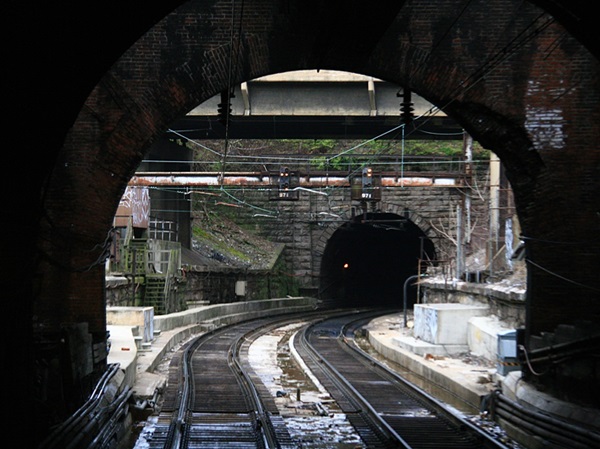
BALTIMORE — Amtrak and the state of Maryland marked the 150th anniversary of the groundbreaking of the Baltimore & Potomac Tunnel on Friday by announcing new plans to advance treplacement of the tunnel, as well as plans to name the new bore for Maryland-born abolitionist leader Frederick Douglass.
Longstanding plans to replace the aging B&P Tunnel, a major Northeast Corridor bottleneck, have called for a new underground route consisting of four single-track bores. The new plan would construct two tunnels for electrified passenger service but defer construction on two additional tunnels which could accommodate freight trains. As part of this plan, Maryland Secretary of Transportation Gregory Slater said the state department of transportation will electrify all MARC commuter train operations using the tunnel.
“This is a generational project for passenger rail in the State of Maryland and the entire Northeast Corridor,” Slater said in an Amtrak press release. “MDOT is proud to partner with Amtrak on the new approach, and we are ready to work with Amtrak and the federal government to move a new B&P Tunnel forward.”
The change will eliminate diesel train emissions from a ventilation facility on the edge of a residential neighborhood above the tunnel, while also cutting two years and more than $1 billion from the construction project.
Full project funding has yet to be obtained, however, meaning initial construction work is still at least one to two years away.
Maryland Gov. Larry Hogan had said Thursday evening in Annapolis, Md., that the state was committed to partnering with Amtrak on the tunnel project. “This is a critical project for Baltimore, for the State of Maryland, and for the entire Northeast Corridor of the United States,” Hogan said at an event marking Amtrak’s 50th anniversary, “and we plan to work with Amtrak and the federal government to move it forward as expeditiously as possible.”
In announcing the new name for the tunnel, Amtrak president Stephen Gardner said, “As Frederick Douglass escaped to freedom by way of a train in Baltimore and traveled extensively by rail, naming this state-of-the-art new passenger rail tunnel after him is a fitting way for us to honor his legacy.”
More information on the tunnel project is available here.
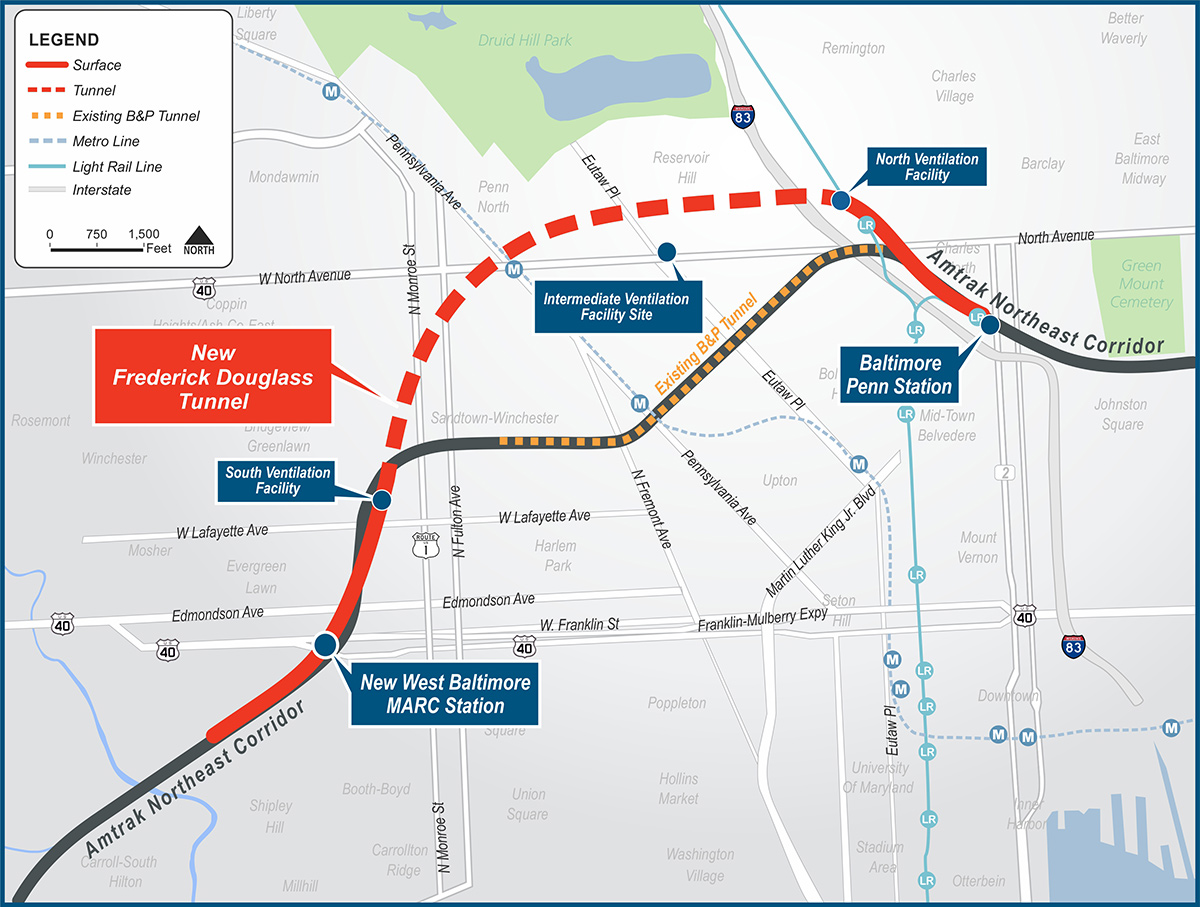






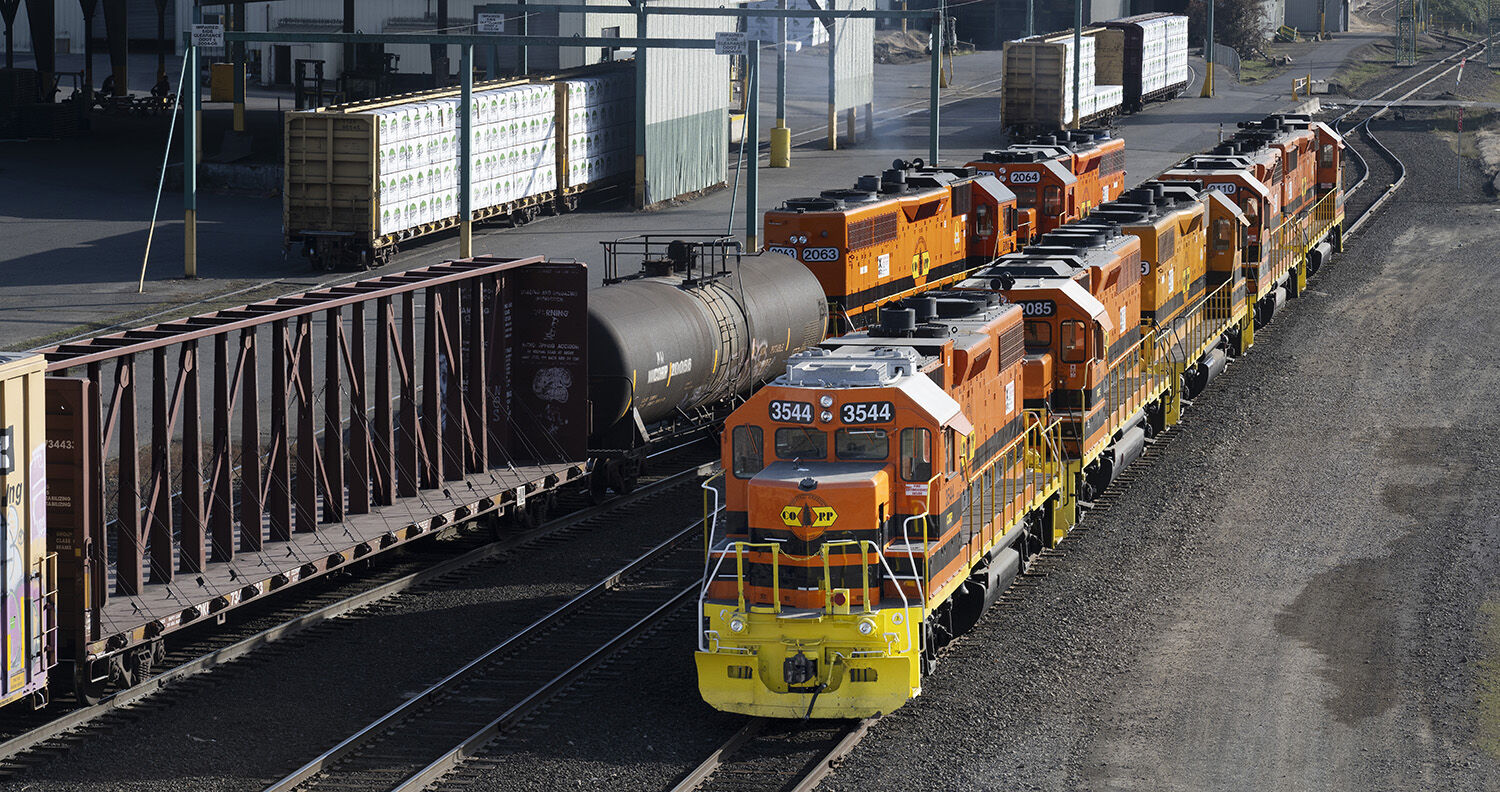
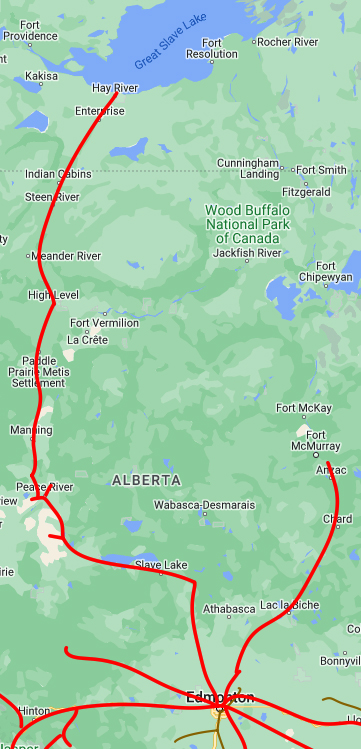
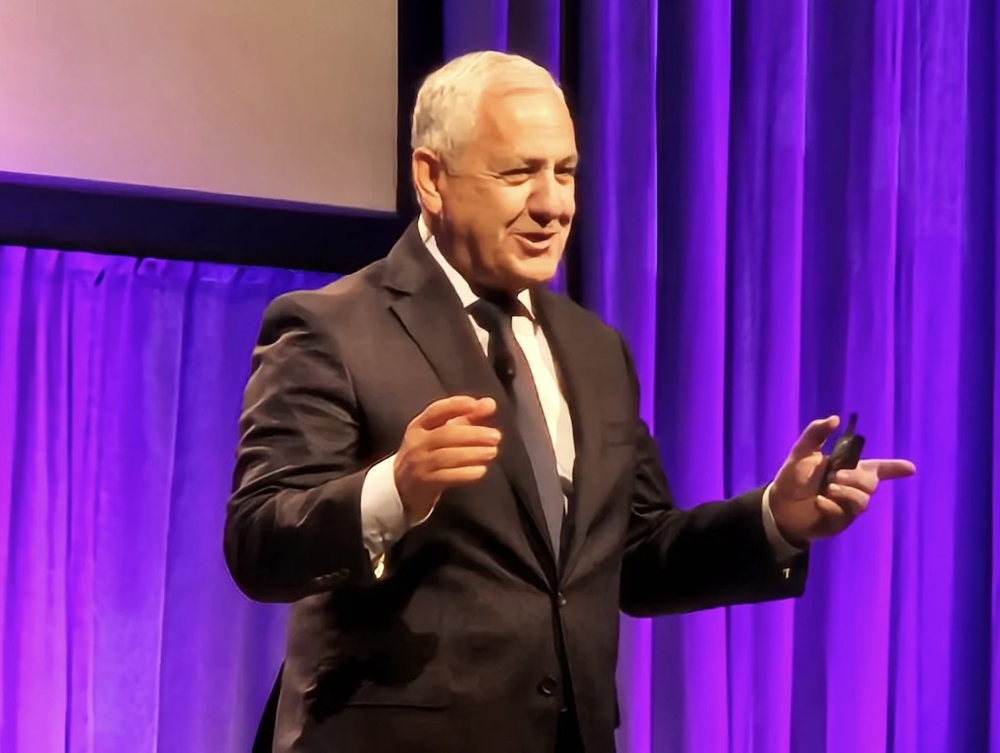
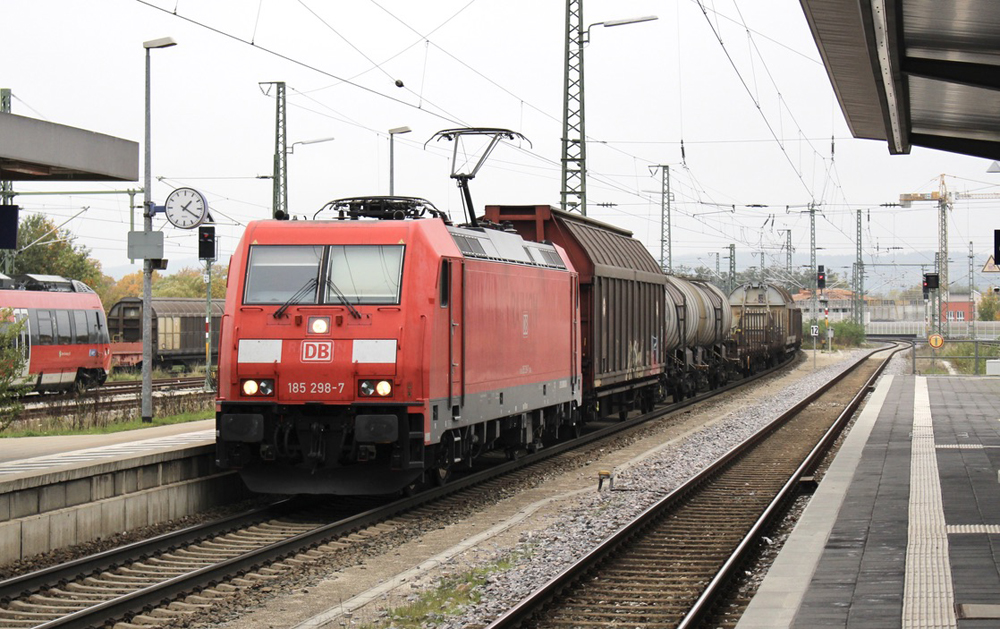




I like it that Amtrak is being proactive here
Get something going–something good–perhaps even better than originally planned
Use the positive momentum to get the rest of the project done later.
Interesting, two organizations, Amtrak and MARC, both reliant on Federal and State Funding, are proposing a tunnel that will cost Billions. They hardly have enough funds to keep their own trains running.
Would it not be better for the Federal and State governments to design and build this tunnel? After all, they both build Highway’s, Inter-states, Bridges, Tunnels Airports, and maintain water-way’s.
MARC is the state, it is a service of MDOT MTA.
It’s all about who is designated as the Program Agency. Amtrak does not like to participate in programs where some other entity (state or local) is the Program Agency because then they don’t get to hold the purse.
The old bore will be rehabilitated and used for freight service. It needs a lot of work since it’s more than 150 years old. President Grant was in office when it was built. (Washington Post : “The old tunnel, which freight trains will continue to use, will keep its name.”)
I would imagine that they’ll shut the old tunnel down, move everything to the new one temporarily and rebuild it. So you end up with four tunnels anyway.
Ah, President Grant. Those were the days. I know that Western Maryland passenger trains came into this station (Baltimore UNION station) at one time; I do not know what track connections exist today to the railroad world outside the NEC. What I’m thinking about is the CSX plan to rebuild their line through Baltimore to accomodate double-stacks, and whether the B&P tunnels could divert freight around areas where the CSX line might be temporarily shut down.
So, in essence, the “new” plan is to cut the old plan in half, build two new tunnels instead of four (ok, fine), and save 1 billion in cost (uh huh). Got it. On another thought – just curious – What is done with the old bores when this project is completed – Keep for emergencies? Seal the entrances? Collapse the whole thing and “develop” over it? Hike and bike trail?
If I recall, George, your question about the future of the old tunnels was left hanging in the TRAINS-MAG feature a couple of years back.
I worked on the B&P project in 1982. If the existing B&P tunnel system is retained for freight service, expect it to have a single track, running right down the middle. Also, expect the entire floor to be demolished and removed and replaced with a concrete invert throughout, including a dewatering system. Should last another 150 years.
Didn’t MARC replace all electric locomotives on the Penn line by diesels a few years ago? So… the plan is now to go back to electrics?
JFT. Don’t know ’bout Maryland — What I do know is that MBTA runs diesels on the Providence line and on to PVD Theodore Francis Green State Airport and Wickford Junction — a line that’s been electrified for over 20 years. — The same MBTA that brags about future electrification doesn’t run electrics where it could have for the past two decades.
You’re correct, though they were rehabbing their HHP-8s and I don’t know the status of that…
Mr. Douglass can better be claimed by Massachusetts and New York State. Maryland is the state he had the good sense to get out of.
Anyway, the sooner the better on these tunnels. Been talking about them since I don’t know when. The 1950’s? Earlier?
Anyway, speaking of distinguished African Americans, Maryland, and transportation, BWI Thurgood Marshall is one fine airport! I love flying in and out of there.